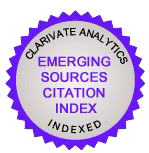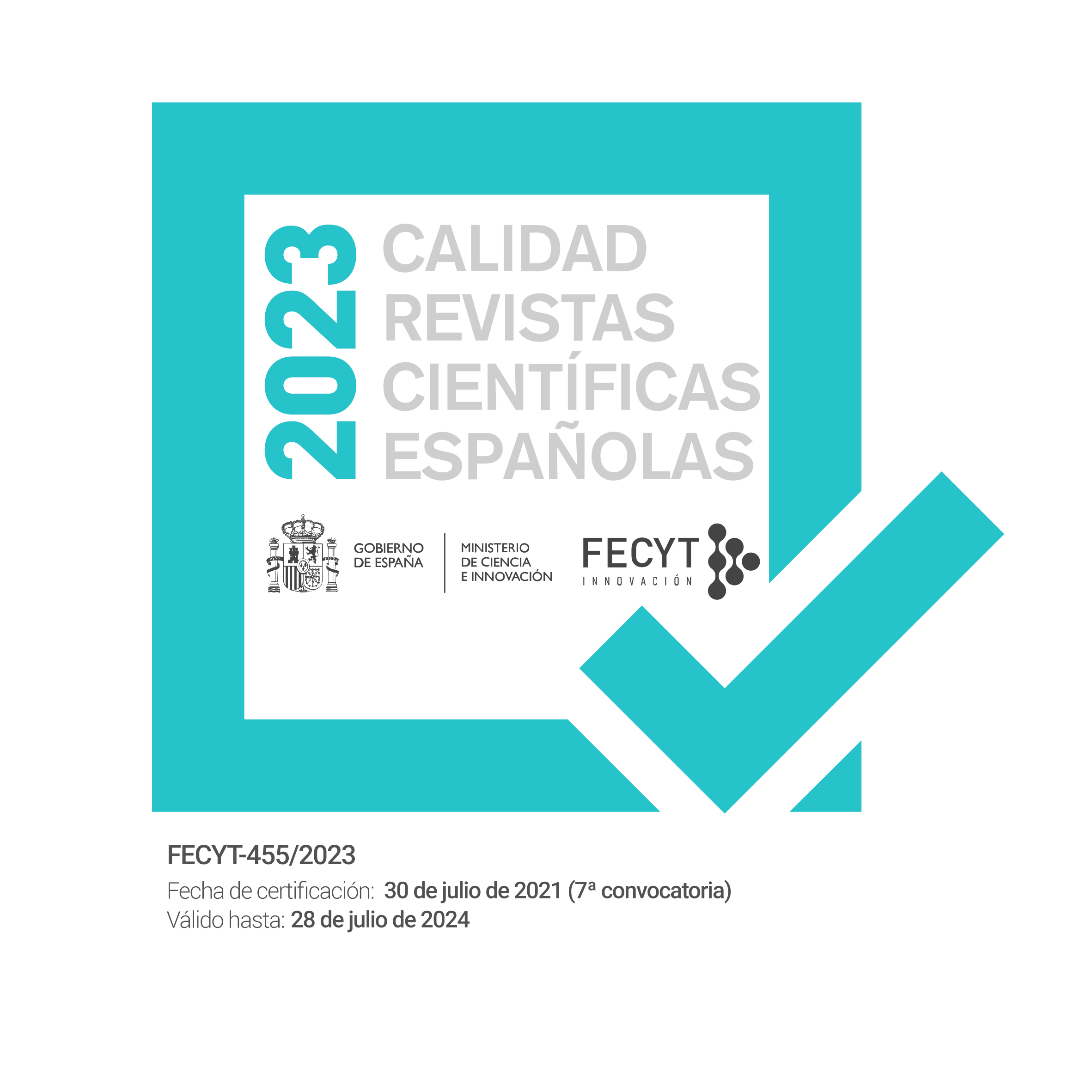Efisio martire: un santo contro la peste barocca nella Cagliari del Seicento
DOI:
https://doi.org/10.30827/cn.v0i43.5698Palavras-chave:
Cerdeña, Compañía de Jesús, Contrarreforma, CagliariResumo
The article analyzes the baroque construction of the cult of San Efisio, a figure of the Sardinian pantheon who has a rather insignificant presence until the outbreak of the plague that strucked Sardinia in the mid-seventeenth century. A saint to whom, still today in Cagliari, the most important and sumptuous celebration of the island is dedicated, being object of a great popular veneration by the faithful coming from all Sardinian provinces. Despite the lack of documentation that hinders a more precise reconstruction of the process of elaborating his devotion, and based on what has survived it is possible to (deduce) foresee the participation of the Society of Jesus and the ruling elites of Cagliari, who used his cult to reinforce the image of this city as the main center of the island. This case bears many similarities with that of Rosalia, saint of Palermo, inviting to a reflection comparing the different realities offered by the Monarchy of the Habsburgs.Downloads
Downloads
Publicado
Como Citar
Edição
Secção
Licença
Nuestra revista se atiene a las recomendaciones para la implementación del Artículo 37 Difusión en Acceso Abierto de la Ley de la Ciencia, la Tecnología y la Innovación:
- Los/as autores/as cuyas contribuciones sean aceptadas para su publicación en esta revista conservarán el derecho no exclusivo de utilizar sus contribuciones con fines académicos, de investigación y educativos, incluyendo el auto-archivo o depósito de los artículos aceptados en repositorios institucionales o temáticos de acceso abierto de cualquier tipo en un plazo máximo de seis meses.
- Preferiblemente se permitirá el uso de la versión publicada de las contribuciones científicas, que estarán accesibles en abierto tan pronto como sea posible.
-
Que en caso de que el trabajo sea aprobado para su publicación, el/la autor/a autoriza de manera ilimitada en el tiempo a la entidad editora para que incluya dicho texto en Chronica Nova y pueda reproducirlo, editarlo, distribuirlo, exhibirlo y comunicarlo en el país y en el extranjero por medios impresos, electrónicos, CD, Internet o cualquier otro medio conocido o por conocer.






 ISSN-e: 2445-1908
ISSN-e: 2445-1908










